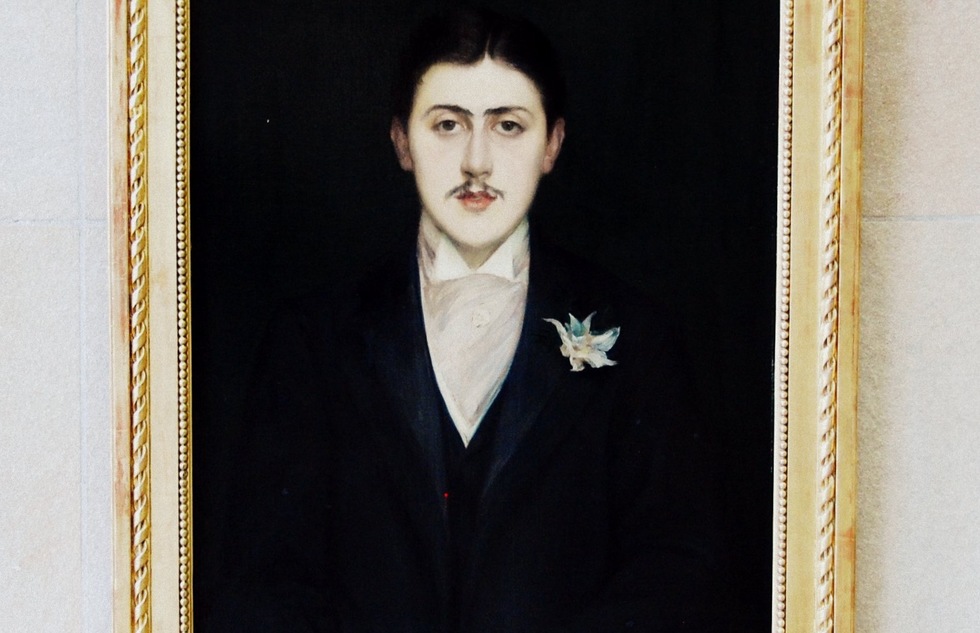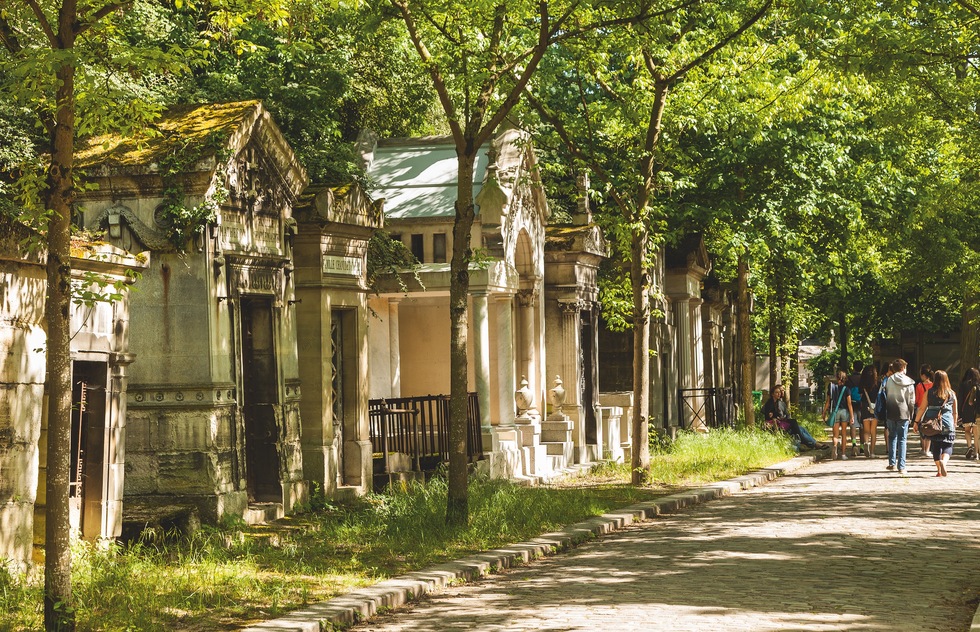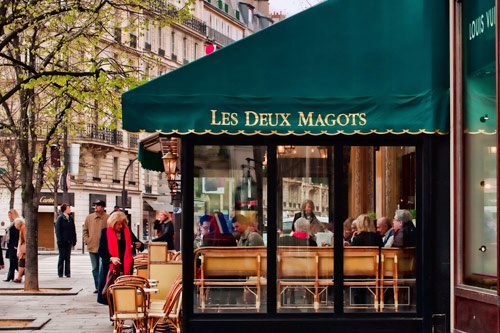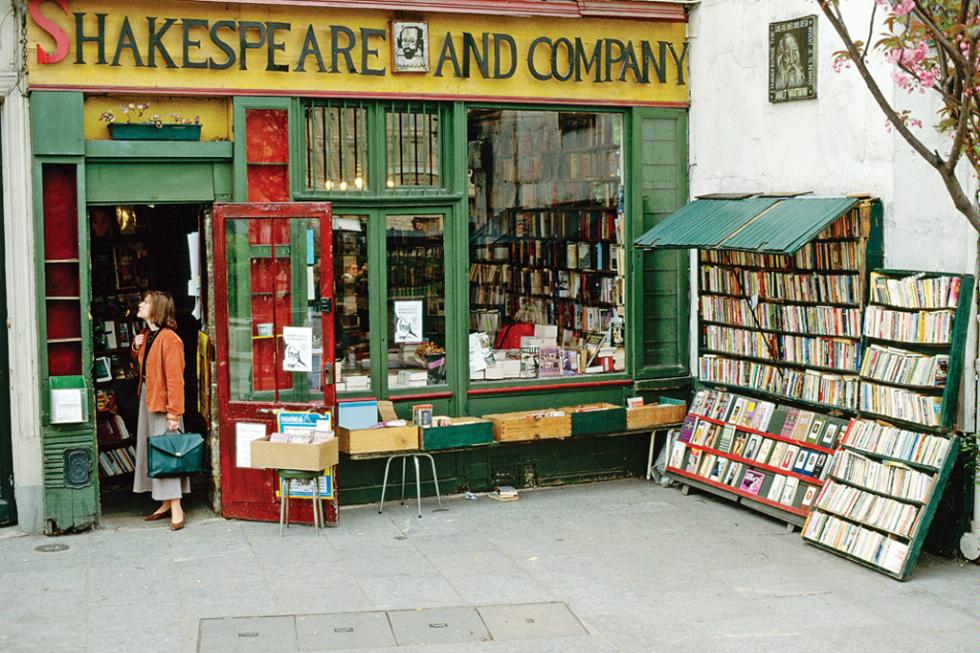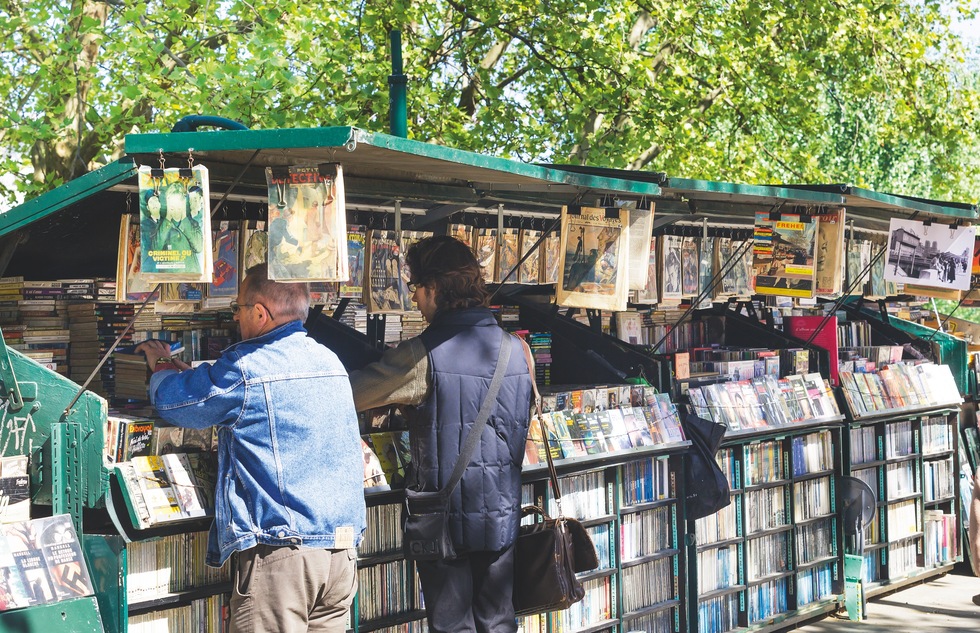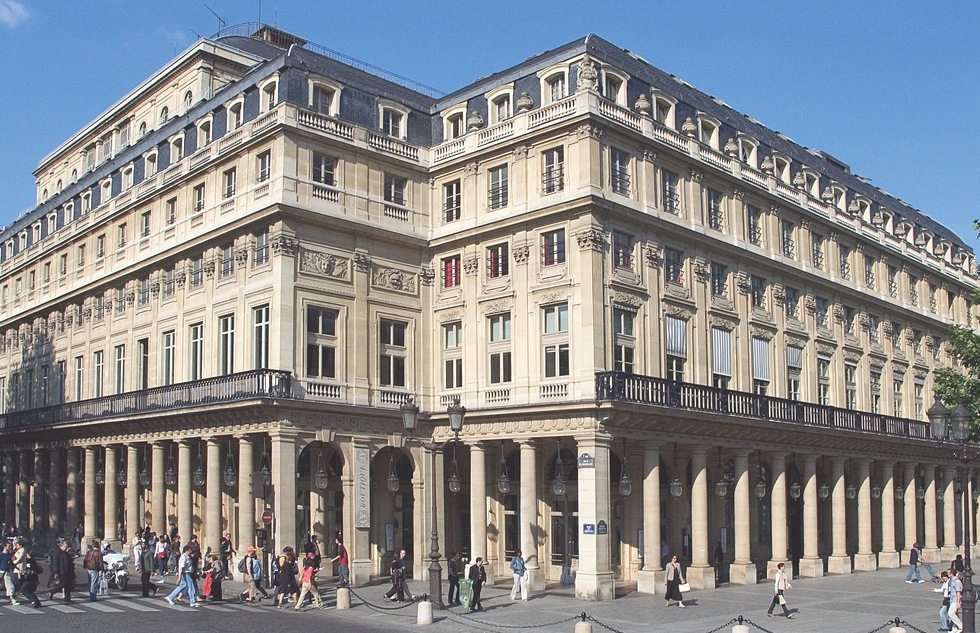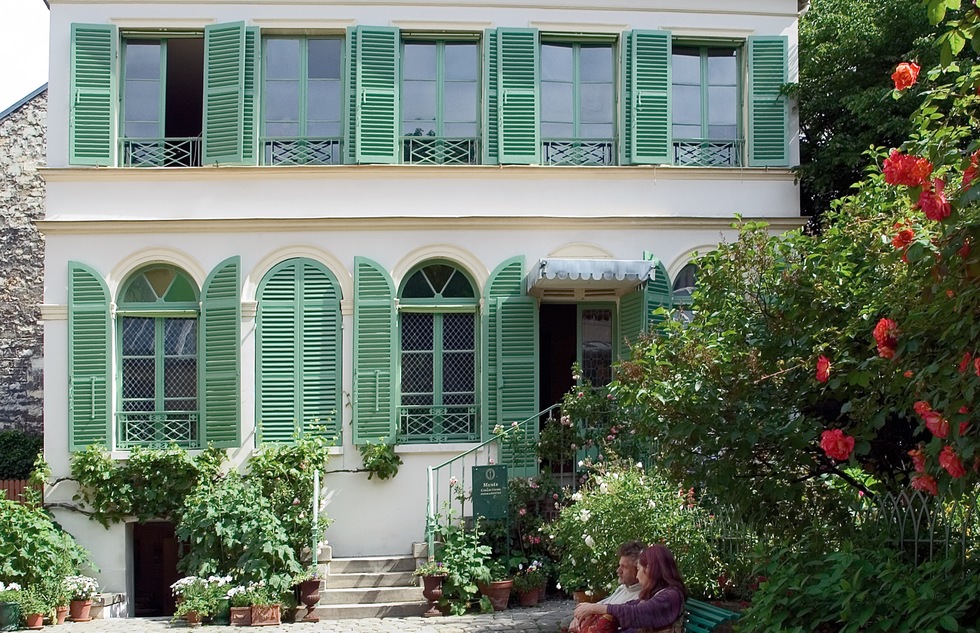A Tour of Literary Paris: Where Famous Writers Lived and Worked
By Zac Thompson
Paris is of course the undisputed capital of French literature. The country's great writers—including Honoré de Balzac, Victor Hugo, and George Sand in the 19th century, and Marcel Proust, Simone de Beauvoir, and Jean-Paul Sartre in the 20th—were nearly all in some way inspired, exasperated, disgusted, and enchanted by the city. And they weren't alone. For a while in the 1920s and '30s, Paris was the capital of American literature, too, attracting such noteworthy expatriates as Gertrude Stein, Ernest Hemingway, and F. Scott Fitzgerald.
Fans of the written word can pay their respects to their favorite authors by visiting the houses and cafes where they lived, worked, and argued. But even if you're not a bookworm, it's worth adding some of these literary stops to your Paris itinerary to get a feel for what life was like in the city when it was the center of the artistic universe.
Fans of the written word can pay their respects to their favorite authors by visiting the houses and cafes where they lived, worked, and argued. But even if you're not a bookworm, it's worth adding some of these literary stops to your Paris itinerary to get a feel for what life was like in the city when it was the center of the artistic universe.
Maison de Victor Hugo
France's answer to Charles Dickens, poet and novelist Victor Hugo is today best known as the author of The Hunchback of Notre Dame and Les Misérables. From 1832 to 1848, he lived with his family in a second-floor corner apartment in this handsome building in the Place des Vosges. The home has been converted into a museum designed to replicate the ambiance it had during Hugo's day. Drawings, manuscripts, and other personal artifacts chronicle the writer's life and career, which was sometimes as dramatic as his novels—an outspoken social activist, he wasn't afraid to denounce those in power (which is one reason he lived in exile from 1851 to 1870).
Proust's Bedroom
Sickly, elegant Marcel Proust (pictured in Jacques-Emile Blanche's portrait, which hangs in the Musée d'Orsay) famously wrote his masterful seven-part novel In Search of Lost Time from his small bed in a cork-lined room at 102 Boulevard Haussmann, where he lived from 1907 to 1919. All you'll find at that address today is a plaque, but if you head to the Musée Carnavalet you can see a replica of the bedroom—complete with Proust's actual furniture. The rest of the museum is worth checking out, too; it covers the history of Paris from 4600 BC to the 20th century.
Note: The museum is undergoing renovation until late 2019.
Note: The museum is undergoing renovation until late 2019.
Oscar Wilde's Hotel
L'Hotel, located at 13 rue des Beaux Arts, was a fleabag when Irish playwright Oscar Wilde stayed here at the end of his life, following his imprisonment for "gross indecency" (read: homosexuality) and subsequent years of impoverished exile. As a matter of fact, Wilde died at the hotel; his last words are said to have been, "This wallpaper and I are fighting a duel to the death. Either it goes or I do." The hotel has been spiffed up considerably in the intervening century or so, and if nobody's staying in Wilde's room, you can take a look around. You'll find some of the writer's letters, his unpaid hotel bill, and his umbrella.
And while we're on the subject of death . . .
And while we're on the subject of death . . .
Cemeteries: Père Lachaise and Montparnasse
To find a bunch of famous literary figures assembled in one place, pay a visit to Cimetière du Père-Lachaise in the 20th arrondissement or Cimetière du Montparnasse in the 14th. Those laid to rest in the former include Marcel Proust, Moliére, Gertrude Stein and her partner Alice B. Toklas (in side-by-side graves), and Oscar Wilde, whose monument, featuring a sculpture of a flying angel, was for years covered in lipstick kisses left by visitors. Today it's protected by a glass partition. Among the writers buried at Montparnasse, meanwhile, are Jean-Paul Sartre, Samuel Beckett, and Susan Sontag.
Strolling through a graveyard might sound like a morbid activity to undertake on vacation, but both spots are quiet and peaceful; Père-Lachaise in particular features lots of hills and winding, leafy walkways ideal for contemplating mortality or simply enjoying a sunny afternoon.
Strolling through a graveyard might sound like a morbid activity to undertake on vacation, but both spots are quiet and peaceful; Père-Lachaise in particular features lots of hills and winding, leafy walkways ideal for contemplating mortality or simply enjoying a sunny afternoon.
Literary Cafes: Les Deux Magots and Cafe de Flore
When we think of writers living in Paris, we tend to picture either starving geniuses scribbling in their lonely garrets or voluble geniuses arguing with one another in sidewalk cafes. For the latter reputation, Paris can thank two world-famous coffeehouses located in the city's Saint-Germain-des-Près neighborhood: Les Deux Magots (6 Place Saint Germain des Prés) and Café de Flore (172 Boulevard Saint Germain). Ernest Hemingway, Jean-Paul Sartre, Simone de Beauvoir, and many other big names in 20th-century letters logged countless hours on terraces now filled mostly with tourists.
Shakespeare and Company
This beloved English-language bookstore on the Left Bank was opened in 1951 by American George Whitman, who modeled it on a shop that served as a kind of home base for literary expats in the 1920s. Whitman's version continued the tradition, attracting Beat Generation writers including Allen Ginsberg and William S. Burroughs, as well as other Americans in Paris such as Henry Miller (Tropic of Cancer) and Richard Wright (Native Son). Now run by Whitman's daughter, Sylvia, Shakespeare and Company still sells new and used books and still offers rooms for contemporary writers to work and even lodge in.
Bouquinistes Along the Seine
Along both the Left Bank and the Right Bank of the Seine, you'll find rows of green boxes filled with second-hand books, artwork, memorabilia, and souvenirs. A symbol of Paris's abiding literary culture, the riverside stalls have deep roots in the city, and vendors have to abide by several regulations governing everything from the size of the green boxes to when they can be open (sunrise to sunset).
Comédie-Française
Established in 1680 by Louis XIV, the Comédie-Française is the grand temple of French theater, where the plays of Corneille, Racine, and Moliére recieved their most canonical performances. You can buy tickets to watch a production (fair warning: it will be in French), or book a guided tour to learn about the history of the building and step inside its gorgeous main theater, the Salle Richelieu.
Musée de la Vie Romantique
Located at the foot of Montmartre hill, this charming green-shuttered home was where painter Ary Scheffer played host to a slew of artsy 19th-century guests, including composer Frédéric Chopin, painter Eugène Delacroix, and writer George Sand. Today, the ground floor of the building is dedicated to honoring Sand—who was born Amantine Lucile Dupin and who is as famous for her unconventional views and numerous affairs with high-profile figures (including Chopin) as she is for her novels and memoirs. Walk through the exhibit to look at her portraits, furniture, and jewels.
Literary Bars: Bar Hemingway and Le Rosebud
It's probably not smart to drink like your favorite 20th-century literary hero—those guys could really put it away and who needs the liver damage? But there's no harm in raising a toast or two in a couple of their favorite haunts. We've got two suggestions from opposite ends of the price spectrum: first, there's the handsome Bar Hemingway inside the Ritz hotel (pictured), where the bar's namesake is said to have hung out with rival F. Scott Fitzgerald in the 1920s. The Dingo Bar on rue Delambre, where Hemingway himself reported meeting Fitzgerald in A Moveable Feast, is no longer around. But not far away you'll find Le Rosebud, a non-touristy watering hole once favored by Jean-Paul Sartre and Marguerite Duras. The soundtrack is vintage jazz and the regulars are still writers and journalists.







